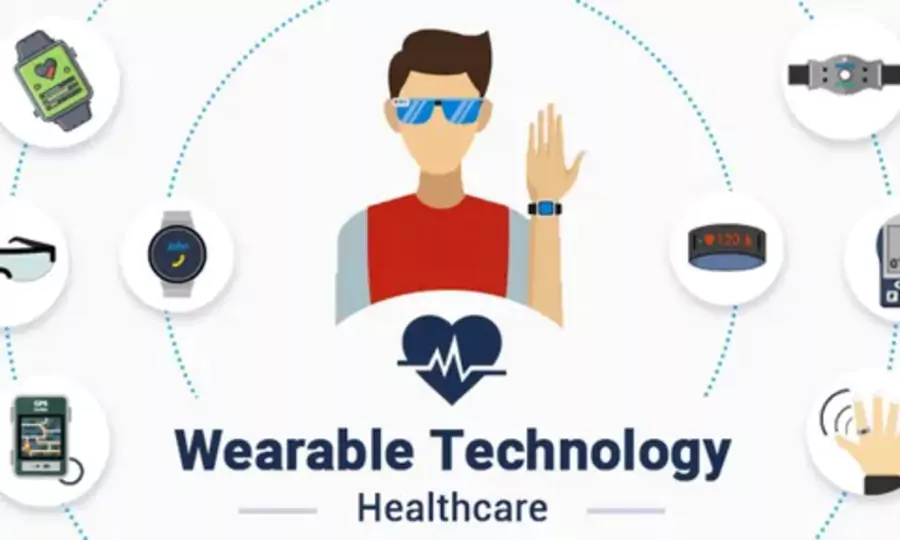Many economists argue employer-sponsored health insurance burdens employees. Experts largely recommend decoupling insurance from employment, though dependence remains high in western countries like the USA.
Self-Insuring Healthcare
Companies increasingly look to self-insure healthcare through technology and smart devices. Potential scenarios include telemedicine, robotic surgery, diagnostic networks, and electronic medical record clouds.
Challenges with Current Healthcare Insurance
The current healthcare system has sector-specific challenges like fragmented supplier and manufacturer ecosystems. Insurers face margin pressures and uncertain regulations. Patients lack knowledge and control over insurance claims decisions, making them vulnerable and unable to avoid risks or act in their own interest.
The system induces higher health insurance and care spending. It is expensive, regressive, and the largest tax expenditure. Dependence on employer insurance worries people about unaffordable exchange coverage if they leave jobs. Doctors believe uninsured and uncertain coverage disadvantages patients. Government-sponsored universal healthcare is a promising alternative.
Technology-Enabled Solutions
The internet enables online consultations and expert second opinions for patients. Mobile health apps allow self-monitoring. Solutions provide access to health history, records, diagnosis reports, and information sharing.
Recently, Amazon, Berkshire Hathaway, and JPMorgan announced a partnership to create better, cheaper employee healthcare, showing companies no longer support the broken system.
As Google’s CEO Sundar Pichai says, “AI can shape healthcare through regulations…I see that as one of the biggest areas of benefit for the next 10 to 20 years.”
Rethinking Employer Healthcare Insurance
More developed world workers are self-employed versus employees, driving new healthcare insurance solutions. Businesses can compete on benefits to attract talent while improving care. Employers can implement best practices, build networks and communication systems. They need not just passively pay, but drive cost control and experience improvements by partnering with technology.




